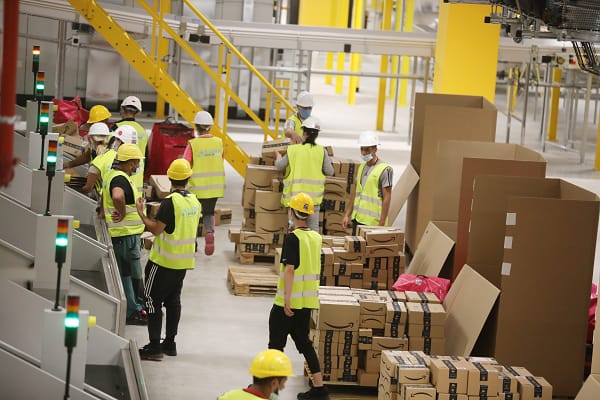
"Just over half of firms (54%) surveyed said they had attempted to recruit in the last three months. Of those firms trying to hire staff, 75% said they experienced difficulties, up slightly from the previous quarter (73%). The research for Q3 was carried out between 18 August and 15 September, with more than 4,600 businesses across the UK (91% of whom are SMEs) responding."
"Most firms did not increase the size of their workforce in Q3, with 61% saying staffing levels remained the same. Less than a quarter (22%) did increase their staff numbers, down slightly from 23% in Q2. Looking forward, most firms do not plan to hire extra staff, with 63% expecting their workforce to remain the same size. Meanwhile 12% expect to lose staff with 25% expecting to increase."
"Labour costs remain the biggest cost pressure for businesses, cited by 72% of respondents. But again, there are big sectoral variations with that pressure highest in hospitality (80%) and lowest in retail (66%). Faced with those rising costs, training investment remains relatively static, with 24% of firms saying they increased investment in Q3, compared with 23% in Q2. Most businesses (57%) didn't spend any more on training in the last three months, while 19% reduced investment, similar to Q2."
54% of firms attempted to recruit in the last three months; of those, 75% experienced difficulties, up from 73%. Q3 research ran 18 Aug–15 Sep with over 4,600 UK businesses responding, 91% SMEs. Recruitment difficulty varies by sector: 85% in construction, 78% in other services, and 74% in transport, hospitality and professional services. In Q3, 61% kept staffing levels unchanged and 22% increased staff; looking ahead 63% expect no change, 12% expect losses and 25% expect increases. Labour costs are the top cost pressure at 72% (80% hospitality, 66% retail). Training investment remained largely static: 24% increased, 57% unchanged, 19% reduced.
Read at London Business News | Londonlovesbusiness.com
Unable to calculate read time
Collection
[
|
...
]